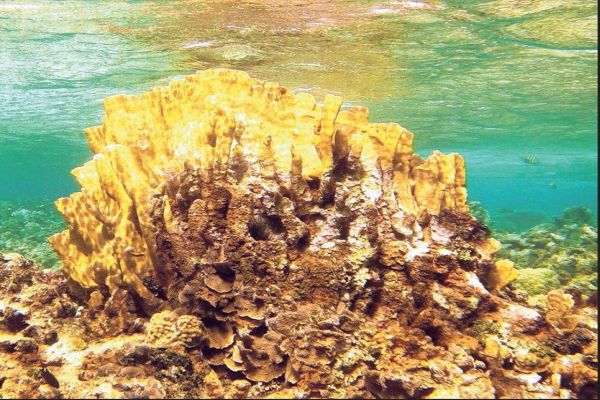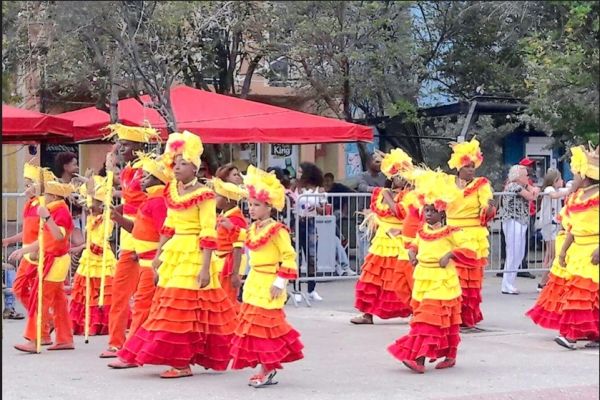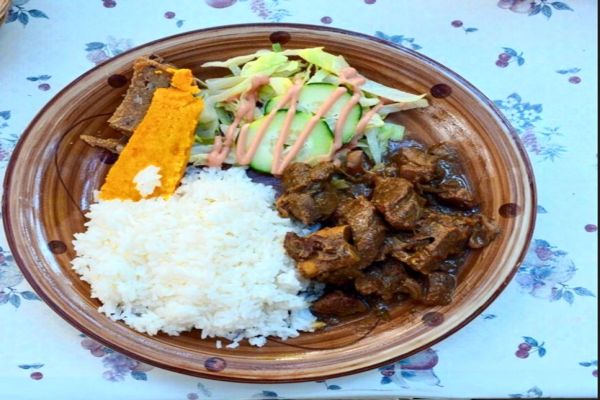B for Bonaire
Bonaire is a tiny island in the southern Caribbean Sea. With Venezuela just 50 miles away, Bonaire along with Aruba and Curacao make up the ABC islands.

Landform
The volcanic activity caused by the earth’s plate collision pushed up a landmass about 90 million years ago. This land was made up of volcanic rocks as well as corals. Once this reef came in contact with air, the corals died and left behind limestone sediment. Also, as the land moved upwards, fringing coral reefs started forming in the shallow waters starting at the shore. These reefs surrounded the rising island. Air and wind erosion over millions of years flattened Bonaire’s land.

Culture
Early occupants of Bonaire were Caquetio, originally from Venezuela. The proof of their existence lies in the Caquetio rock paintings and their archeological relics that are present till date. The earliest colonisers of Bonaire were the Spaniards in 1499. But in 1636, the Dutch gained the upper hand. Between 1799-1816, independent people as well as different countries gained control of the island. Finally, in 1816, Bonaire was handed over to the Dutch. Bonaire was part of the Netherlands Antilles till 2010. From then on, the government of the Netherlands took over the governance of Bonaire from the dissolved government of Netherlands Antilles. Dutch is the official language of Bonaire but it is Creole that is widely spoken. English and Spanish are also spoken. Fine arts, performance arts as well as poetry are part of its culture. One can buy handcrafted pieces and paintings from local shops. Known to create musical instruments, this island boasts of the “Bari” and “Chapi” instruments. If polka dance came from Europe then Merengue was from northern Caribbean islands. Sports in Bonaire are football, tennis, baseball, windsurfing, athletics and volleyball.

Cuisine
Like in the Aruba Island, people in Bonaire consume a lot of stews. Stoba (stew) along with kabrito (goat), baka (beef) or galina (chicken) is cooked for hours so that the meat gets softened. In an island, fish is an integral part of the diet. So you have piska krioyo — where piska is fish that is either pan fried or grilled and served with a spicy home made tomato sauce. Like Aruba, funchi is a side dish made of cornmeal and served with stobas. As plantains grow in plenty in the Caribbean, banana hasa is popular in Bonaire where the plantain is baked in oil and served as a side dish. Lastly, Bonairean cuisine is incomplete without a mention of its popular delicacy; sopi di yuana. This dish is a soup made of iguana, vegetables, chicken broth and spices.